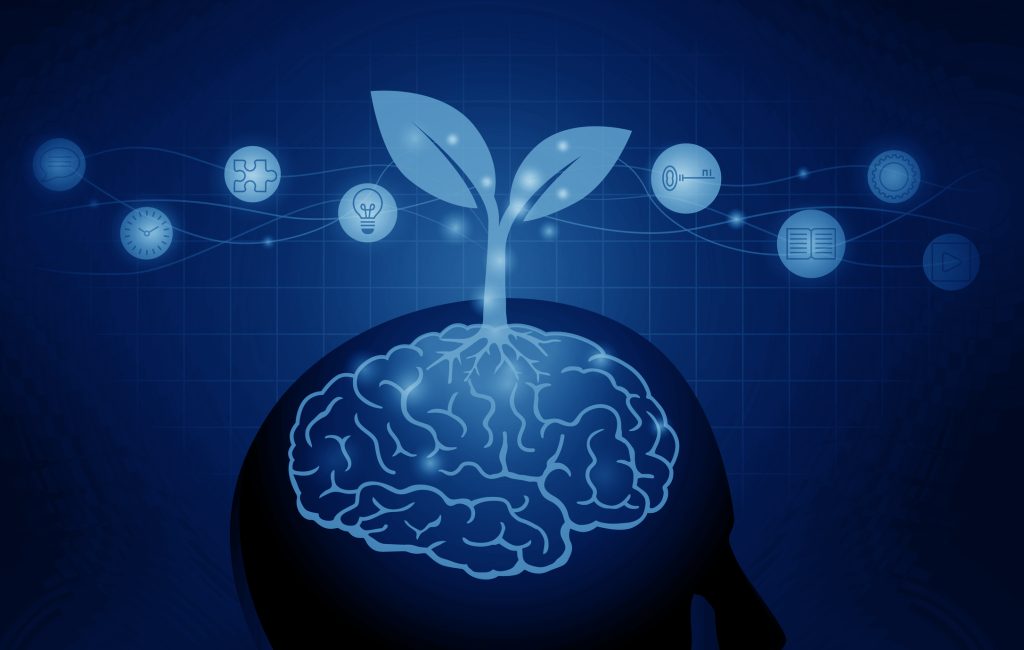A growth mindset is the belief that abilities and intelligence can be developed through dedication, learning, and effort. In a team setting, fostering this mindset encourages collaboration, resilience, and innovation, helping teams adapt to challenges and achieve higher performance levels.
Cultivating a growth mindset benefits both individuals and organizations by promoting continuous learning, experimentation, and problem-solving. This article explores actionable strategies that leaders can use to build a growth-oriented culture within their teams, resulting in improved outcomes and stronger teamwork.
Understand the Difference Between Fixed and Growth Mindsets
A fixed mindset assumes that abilities are static, leading team members to avoid challenges, fear failure, and resist feedback. In contrast, a growth mindset embraces learning, sees challenges as opportunities, and values effort and improvement over inherent talent.
Understanding this distinction is critical for leaders, as it shapes team behavior, motivation, and overall performance. Teams that adopt a growth mindset are more likely to innovate, collaborate effectively, and handle setbacks with resilience, fostering a culture of continuous improvement.
Lead by Example
Leaders play a crucial role in modeling a growth mindset. By demonstrating openness to learning, admitting mistakes, and embracing challenges, leaders set a standard for their teams to follow.
Transparent communication and a willingness to experiment inspire team members to take initiative and approach tasks with curiosity. Leading by example creates a safe environment where learning and growth are valued over fear of failure.
Encourage Continuous Learning
Providing opportunities for skill development, training, and workshops reinforces the growth mindset within teams. Continuous learning ensures that team members remain adaptable, knowledgeable, and prepared to tackle new challenges.
Investing in learning resources also signals that the organization values development, boosting motivation and engagement. By fostering an environment that encourages knowledge acquisition, teams can innovate and improve performance consistently.
Promote Feedback and Reflection
Constructive feedback and regular reflection help team members identify strengths, weaknesses, and areas for improvement. A culture that emphasizes learning from mistakes rather than punishing failure encourages experimentation and risk-taking.
Reflection sessions, one-on-one feedback, and collaborative discussions provide insights into team processes and individual contributions. This practice allows teams to refine strategies, enhance communication, and develop stronger problem-solving skills over time.
Recognize Effort, Not Just Results
Acknowledging effort, creativity, and persistence reinforces the value of continuous learning and encourages team members to embrace challenges. Recognition should extend beyond successful outcomes to celebrate dedication and innovative thinking.
By focusing on effort, leaders motivate their teams to take calculated risks, experiment with new ideas, and persist through obstacles. This approach strengthens the team’s confidence and cultivates a culture where growth and development are prioritized.
Foster Collaboration and Knowledge Sharing
Collaboration and open knowledge sharing strengthen a team’s collective intelligence and promote learning from each other’s experiences. Brainstorming sessions, peer mentoring, and cross-functional projects create opportunities for skill development and innovation.
Encouraging collaboration ensures that team members feel supported and valued, fostering trust and teamwork. Teams that share insights openly are better equipped to solve complex problems and achieve collective goals while reinforcing a growth mindset.
Set Challenging but Achievable Goals
Setting ambitious yet realistic goals pushes teams beyond their comfort zones and encourages continuous improvement. Clear milestones provide direction, measure progress, and help teams develop confidence in their abilities.
Achievable challenges prevent burnout while reinforcing the value of effort and perseverance. Incremental goal-setting allows teams to experience success along the way, motivating them to tackle increasingly complex tasks and embrace a growth-oriented approach.
Measure Progress and Celebrate Learning
Tracking skill development, teamwork, and problem-solving achievements reinforces a growth-oriented culture. Measurement provides insights into areas for improvement and validates efforts toward personal and team growth.
Celebrating learning milestones, innovations, and improvements—rather than just final outcomes—motivates team members to continue striving for excellence. Recognition of progress fosters engagement, strengthens morale, and solidifies a long-term culture of continuous growth.
Conclusion
Building a growth mindset in teams enhances collaboration, innovation, and overall performance. By focusing on learning, feedback, recognition, and continuous improvement, leaders can create a team culture that thrives on challenges and embraces development.

